Underground wine cellars represent the marriage of necessity and artistry, where centuries-old storage techniques meet modern winemaking expertise in subterranean spaces that maintain perfect conditions for aging fine wines. These carved stone chambers, natural caves, and purpose-built tunnels provide the consistent temperature and humidity that transforms grape juice into liquid poetry.
From ancient Roman excavations to medieval monastery crypts, these underground spaces tell stories of winemaking traditions that span millennia while showcasing bottles worth thousands of dollars aging in darkness. Here is a list of 15 extraordinary underground wine cellars where visitors can explore the hidden world beneath famous vineyards and historic estates.
Champagne Taittinger Cellars
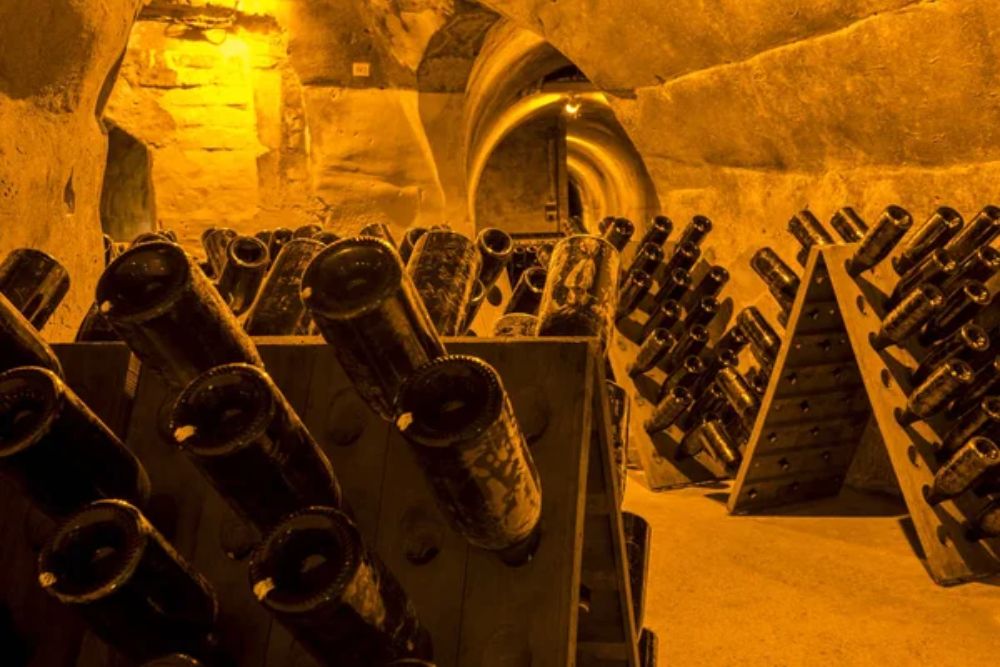
France’s Reims features these spectacular chalk caves that extend 60 feet underground through ancient Roman quarries dating back to the 4th century. The cellars store over 15 million bottles of champagne in galleries carved by Roman slaves who extracted stone for building projects across the empire.
Guided tours lead through cathedral-like chambers where bottles rest in riddling racks at precise angles, slowly rotating as sediment settles during the traditional méthode champenoise process. The constant 50-degree temperature and 90% humidity create perfect conditions for secondary fermentation, while the soft chalk walls naturally regulate moisture and protect against vibration.
Moet et Chandon Caves
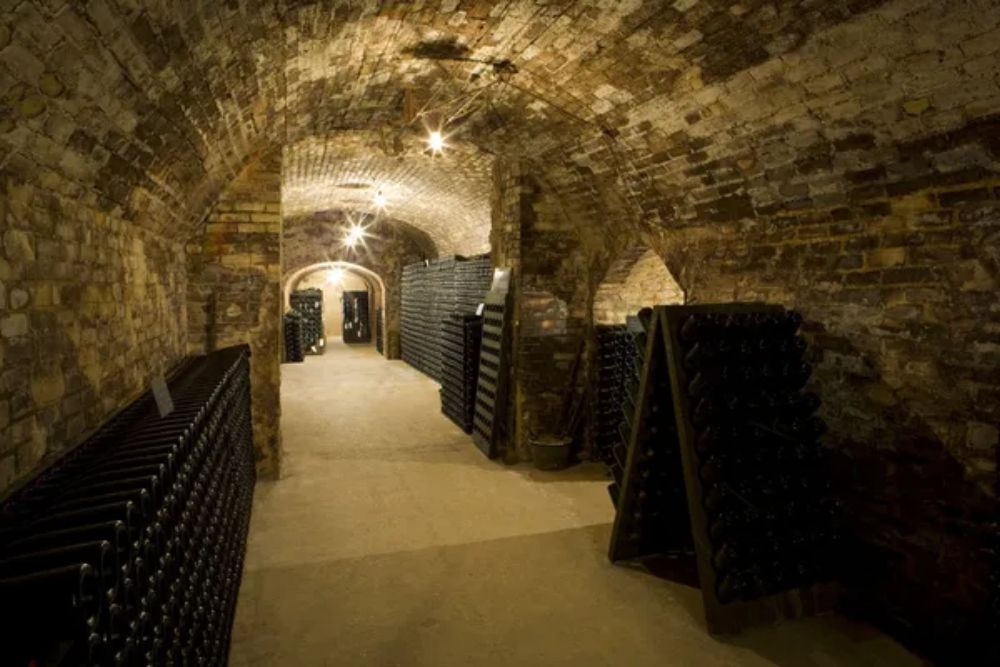
France’s Epernay houses the world’s largest champagne cellar system, with 17 miles of underground tunnels that store over 200 million bottles beneath the famous Avenue de Champagne. The chalk caves maintain consistent temperatures that eliminate seasonal variations while protecting precious vintages from light and vibration.
Tours through the labyrinthine system reveal bottles dating back over 150 years, with some sections accessible only to cellar masters who monitor aging processes using techniques passed down through generations. The caves’ Roman origins provide historical context for modern champagne production, where ancient excavation techniques created the foundation for today’s luxury wine industry.
Like Travel Pug’s content? Follow us on MSN.
Schloss Johannisberg Cellars
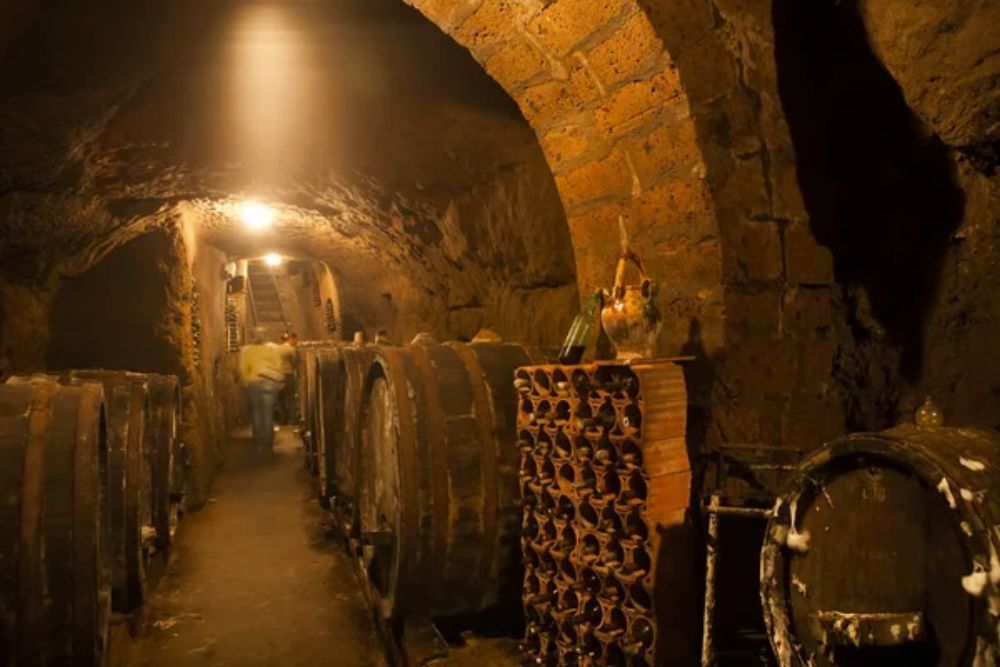
Germany’s Rheingau region features these historic cellars beneath the world’s first Riesling estate, where monks have been making wine since 1100 AD in underground chambers carved directly into the hillside. The cellars maintain the constant cool temperatures essential for producing the estate’s famous late-harvest wines, with some bottles aging for decades in the same racks where medieval monks stored their sacred vintages.
Natural stone construction provides perfect insulation, while carved niches display bottles from historic vintages, including those that survived both world wars. The cellars’ religious origins add spiritual significance to wine tastings conducted in chambers where Benedictine monks perfected Riesling production techniques still used today.
Caves de Roquefort
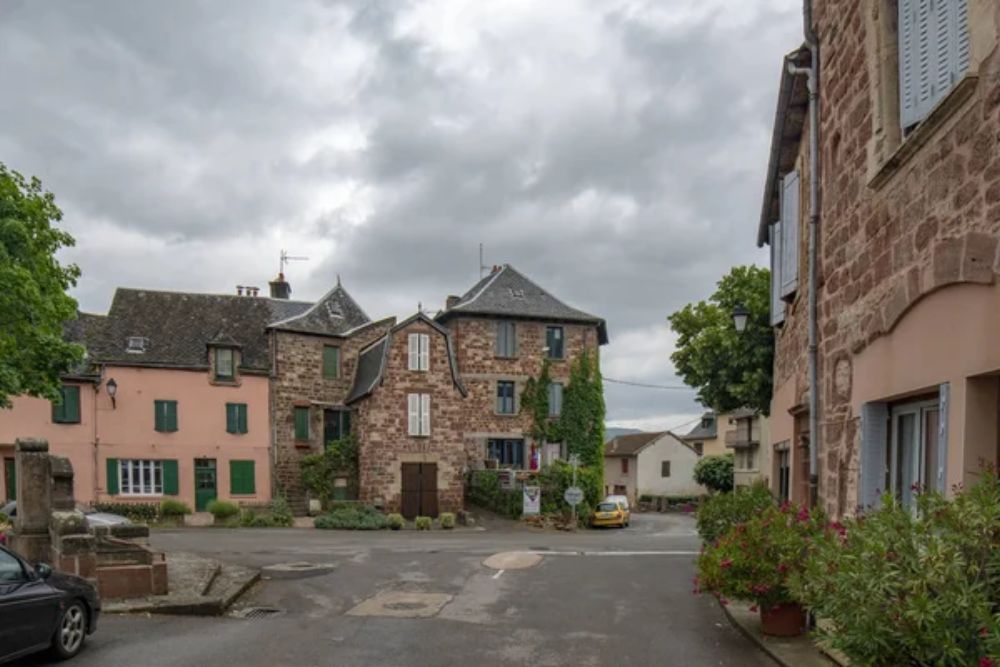
France’s Aveyron region combines wine storage with cheese aging in natural caves where underground springs create the perfect microclimate for both products. The limestone caverns maintain consistent temperatures while natural air currents provide gentle circulation that prevents stagnation without creating harmful vibrations.
Wine tours through these caves reveal how traditional French producers coordinate multiple fermentation processes in the same underground spaces, with cheese caves providing insights into complementary aging techniques. The caves’ geological formation creates unique flavor profiles in both wines and cheeses that cannot be replicated in artificial storage facilities.
Bodegas Torres Cellars
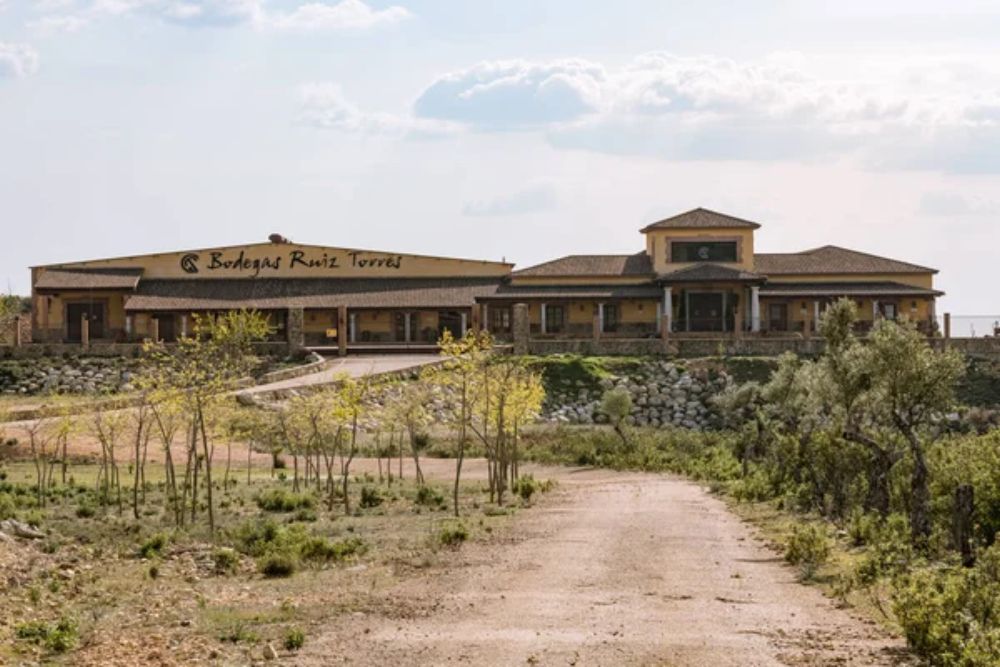
Spain’s Penedès region features these modernized caves beneath historic vineyards where traditional storage methods meet cutting-edge technology in underground facilities carved into solid rock. The cellars use natural cooling and humidity control while incorporating modern monitoring systems that track conditions in real time throughout the extensive cave network.
Tours reveal both historic sections where wine has aged for over 150 years and new expansion areas that demonstrate how traditional cave construction adapts to contemporary winemaking needs. The constant 59-degree temperature eliminates the need for artificial climate control while protecting valuable vintages from the Mediterranean heat above ground.
Like Travel Pug’s content? Follow us on MSN.
Schramsberg Caves
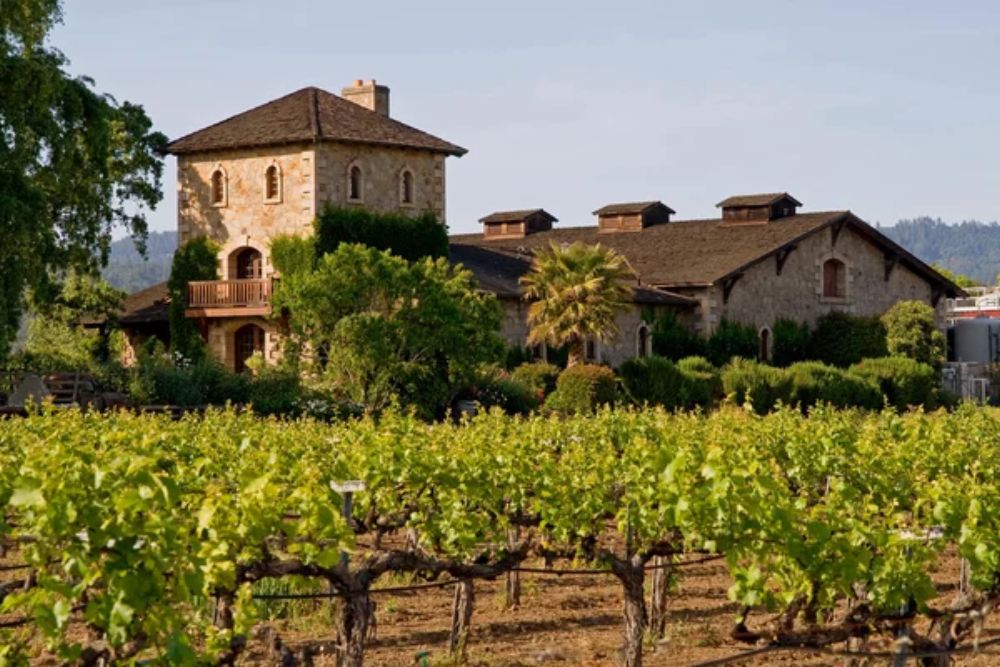
California’s Napa Valley houses these hand-carved caves where Chinese laborers excavated tunnels through solid volcanic rock in the 1860s, creating storage spaces that now hold some of America’s finest sparkling wines. The caves extend 2 miles underground with chambers carved at precise angles that facilitate natural air circulation while maintaining consistent temperatures year-round.
Historic tour sections reveal original construction techniques, including hand-carved niches where individual bottles rest in naturally formed cradles. The volcanic rock provides superior insulation compared to other cave systems, while the natural porosity regulates humidity without requiring mechanical intervention.
Codorníu Cellars
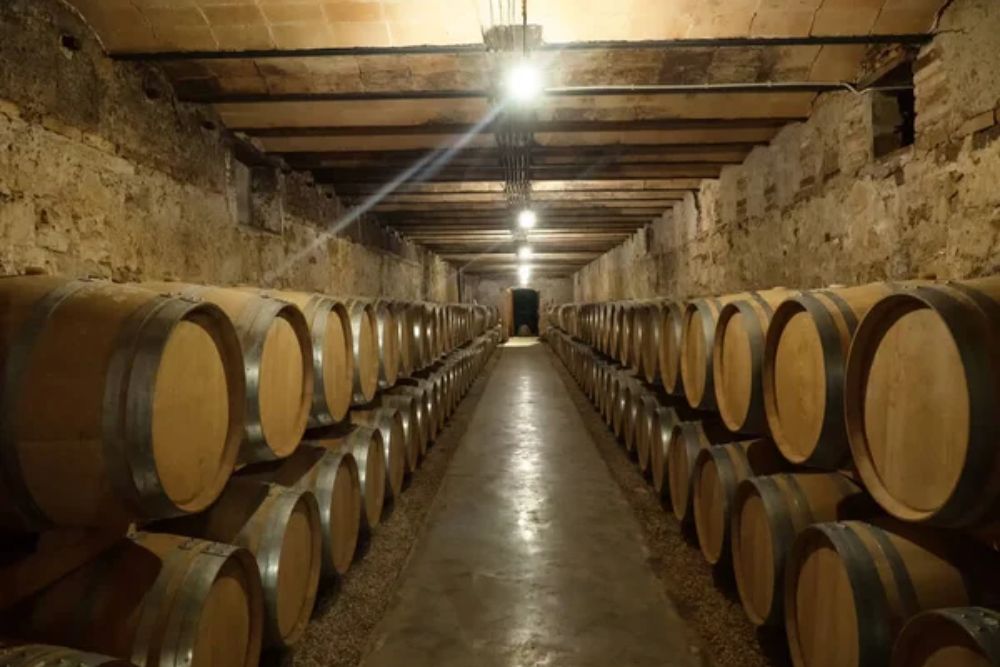
Spain’s Catalonia region features the world’s largest underground cellar complex, with 19 miles of tunnels that store over 100 million bottles of Cava in caves carved through five levels of sedimentary rock. The Art Nouveau architecture above ground contrasts with utilitarian cave construction below, where function determines the form in galleries designed purely for wine storage efficiency.
Tours through multiple levels reveal different aging stages, from recently disgorged bottles to reserves that have rested underground for decades. The caves’ construction required removing over 3 million cubic feet of rock, creating spaces that maintain perfect conditions without any artificial climate control systems.
Pol Roger Cellars
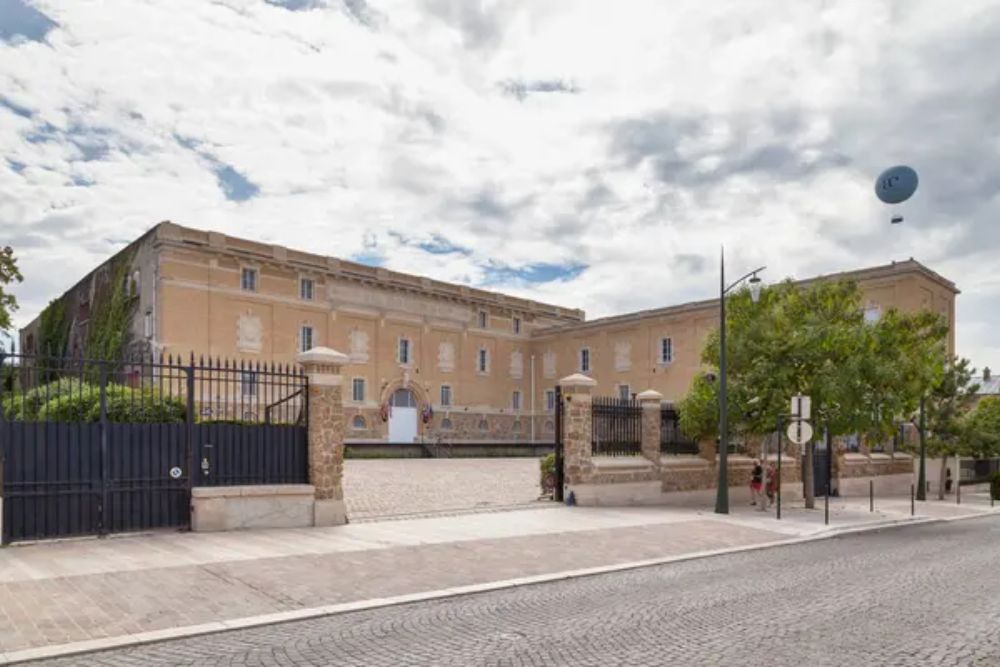
France’s Champagne region offers tours through these historic caves where Winston Churchill’s favorite champagne ages in chalk galleries carved during Roman times. The cellars extend three levels underground with chambers named after famous historical figures who appreciated the house’s champagne production.
Hand-carved niches hold bottles in precise orientations, while natural chalk walls regulate temperature and humidity through passive geological processes. The caves’ wartime history adds poignancy to tours that reveal hidden sections where bottles were protected from bombing during both world wars.
Like Travel Pug’s content? Follow us on MSN.
Caves São João
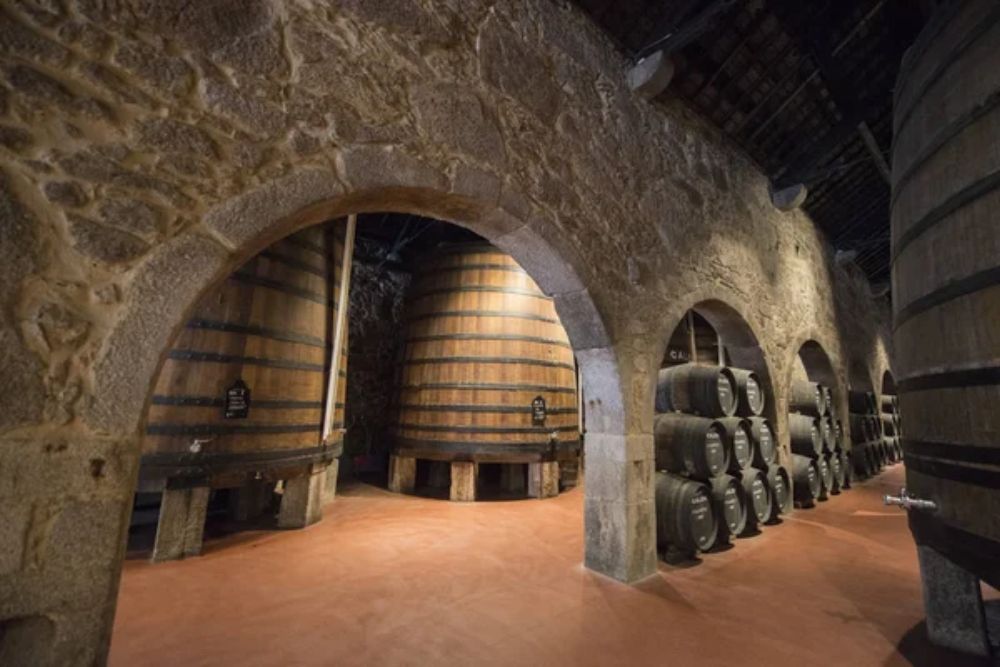
Portugal’s Bairrada region features limestone caves where port and table wines age in natural chambers that have maintained consistent conditions for over 500 years. The caves extend deep underground through multiple chambers connected by narrow passages carved through solid rock formations.
Traditional aging techniques include storing vintage ports in chambers where natural cave conditions concentrate flavors through controlled evaporation. Tours reveal sections where different wine styles benefit from specific cave microclimates, with some chambers maintaining higher humidity for certain varietals while others provide drier conditions for different aging requirements.
Billecart-Salmon Cellars

France’s Mareuil-sur-Aÿ features these intimate chalk caves where small-batch champagne production emphasizes quality over quantity in chambers carved to accommodate traditional riddling and aging processes. The cellars maintain family ownership traditions while preserving historical construction techniques that create optimal conditions for premium champagne development.
Tours through hand-carved galleries reveal bottles aging in traditional pupitre racks where manual riddling continues despite modern mechanical alternatives. The caves’ modest size allows a detailed explanation of champagne production techniques while providing access to vintage bottles not available in larger commercial operations.
Inniskillin Icewine Cellars
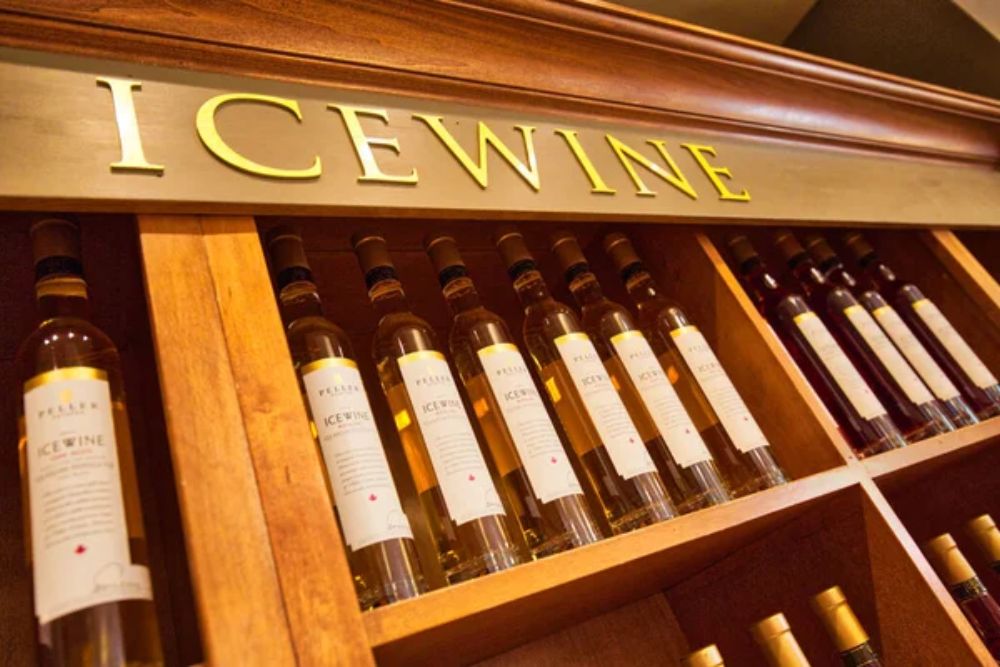
Canada’s Niagara Peninsula offers tours through underground cellars specifically designed for icewine production, where sub-zero temperatures are maintained year-round to preserve the concentrated sweetness of frozen grape harvests. The caves utilize natural cooling combined with refrigeration systems that maintain consistent freezing temperatures essential for icewine storage and aging.
Tours explain the unique challenges of producing wine from grapes harvested at temperatures below 17 degrees Fahrenheit, with specialized storage techniques that preserve the intense flavors characteristic of this rare wine style. The cellars demonstrate how traditional cave construction adapts to extreme temperature requirements while maintaining the humidity control necessary for cork preservation.
Like Travel Pug’s content? Follow us on MSN.
Sandeman Cellars

Portugal’s Vila Nova de Gaia features these riverside caves where port wine ages in massive oak barrels that have been seasoning wine for over 200 years in chambers carved from bedrock. The cellars extend underground along the Douro River, with natural stone construction providing insulation from temperature fluctuations while river proximity maintains consistent humidity levels.
Tours through multiple chambers reveal different port styles aging in various barrel sizes, from massive 50,000-liter tonels to smaller barrels used for vintage ports. The caves’ location allows gravity-fed wine movement between levels, reducing handling while preserving wine quality during the aging process.
Trimbach Cellars
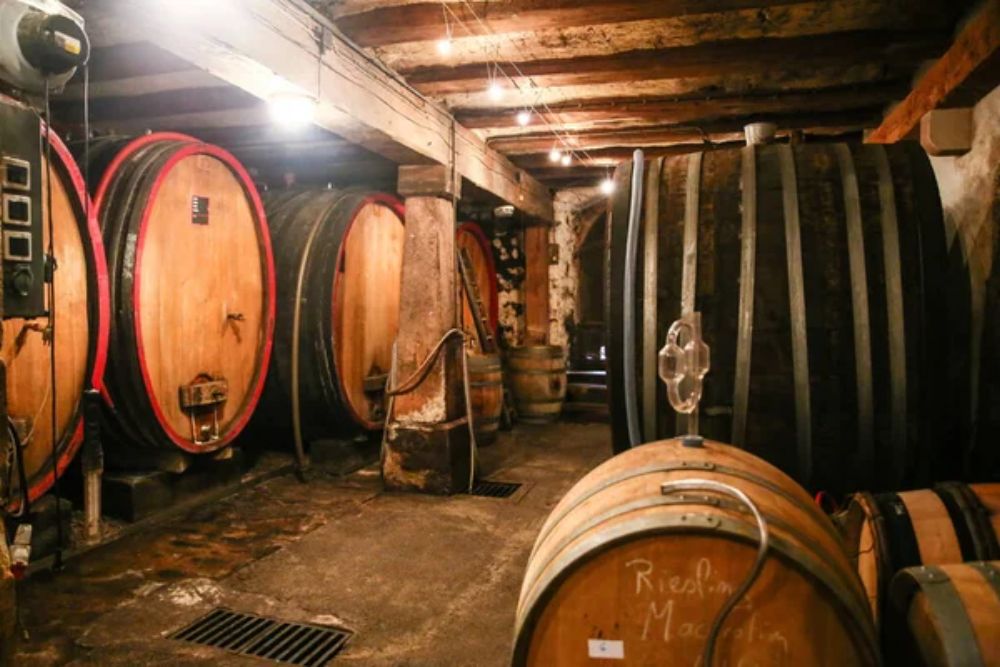
France’s Alsace region houses these traditional caves where Riesling and Gewürztraminer age in underground chambers that have stored wine continuously since 1626. The cellars maintain family ownership traditions while preserving construction techniques that create optimal conditions for white wine aging in chambers carved through solid rock.
Tours reveal historic sections where bottles from famous vintages rest alongside current releases, with some sections accessible only to family members who monitor aging processes using traditional techniques. The caves’ consistent 50-degree temperature eliminates vintage variation while protecting delicate white wines from oxidation through passive climate control.
Krug Cellars

France’s Champagne region offers exclusive tours through these pristine chalk caves where some of the world’s most expensive champagne ages in chambers designed specifically for extended bottle fermentation. The cellars maintain museum-quality conditions while preserving traditional champagne production techniques in spaces carved with precise attention to air circulation and temperature control.
Tours through restricted sections reveal bottles aging for over 20 years in individual niches carved to accommodate long-term storage requirements. The caves’ construction eliminates vibration while maintaining the darkness essential for preventing premature aging in bottles that may rest underground for decades.
Like Travel Pug’s content? Follow us on MSN.
Château d’Yquem Cellars
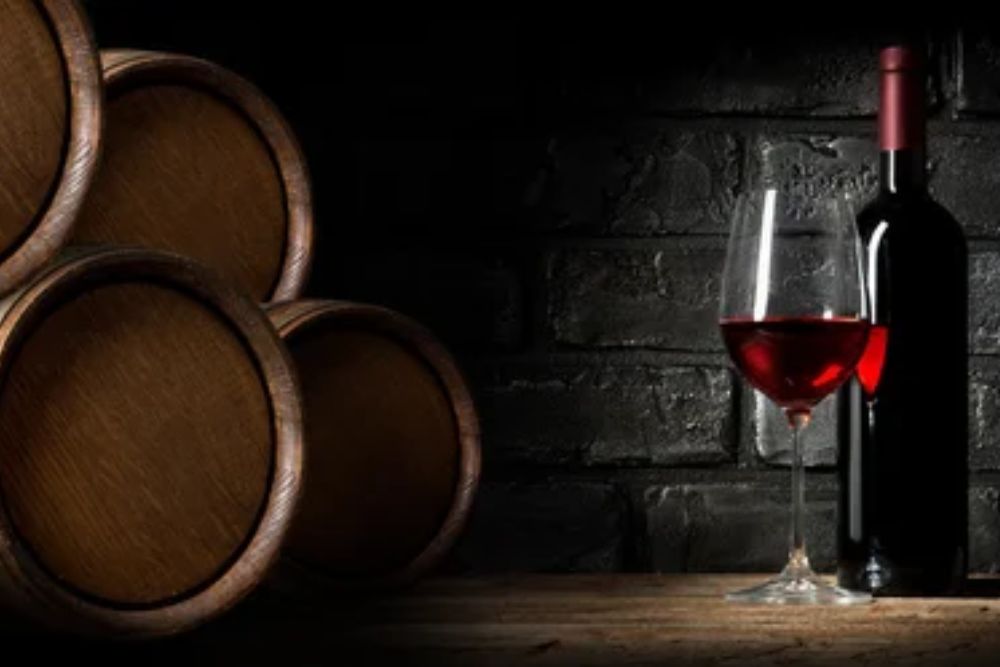
France’s Bordeaux region features these legendary caves where the world’s most famous dessert wine ages in underground chambers beneath vineyards that have produced Sauternes for over 400 years. The cellars utilize natural cooling and humidity control while incorporating traditional storage techniques that concentrate flavors through controlled evaporation processes.
Tours through historic sections reveal bottles from legendary vintages, including those that survived phylloxera and both world wars, in chambers designed to protect irreplaceable wines. The caves’ construction allows centuries-old bottles to remain undisturbed while new vintages begin their aging process in the same chambers where historic wines developed their legendary character.
Liquid Treasures Below Ground

These remarkable underground wine cellars demonstrate how traditional storage techniques continue to provide optimal conditions for wine aging despite advances in modern technology. Each location showcases the essential relationship between geology and winemaking, where natural cave conditions create environments that cannot be replicated through artificial climate control systems.
Whether carved by Roman slaves, medieval monks, or 19th-century laborers, these underground chambers preserve both wine and winemaking history while allowing visitors to witness the slow transformation of grape juice into liquid art that improves with every year spent in darkness.
More from Travel Pug

- 20 Best Beach Towns in the Carolinas
- 13 Destinations Where Tourists Regularly Regret Their Trip
- 20 Destinations That Are More Magical Without an Itinerary
- 20 Underrated Adventures That Belong on Your Travel List
- 20 Cities Where You Should Just Wing It, No Planning Required
Like Travel Pug’s content? Follow us on MSN.
